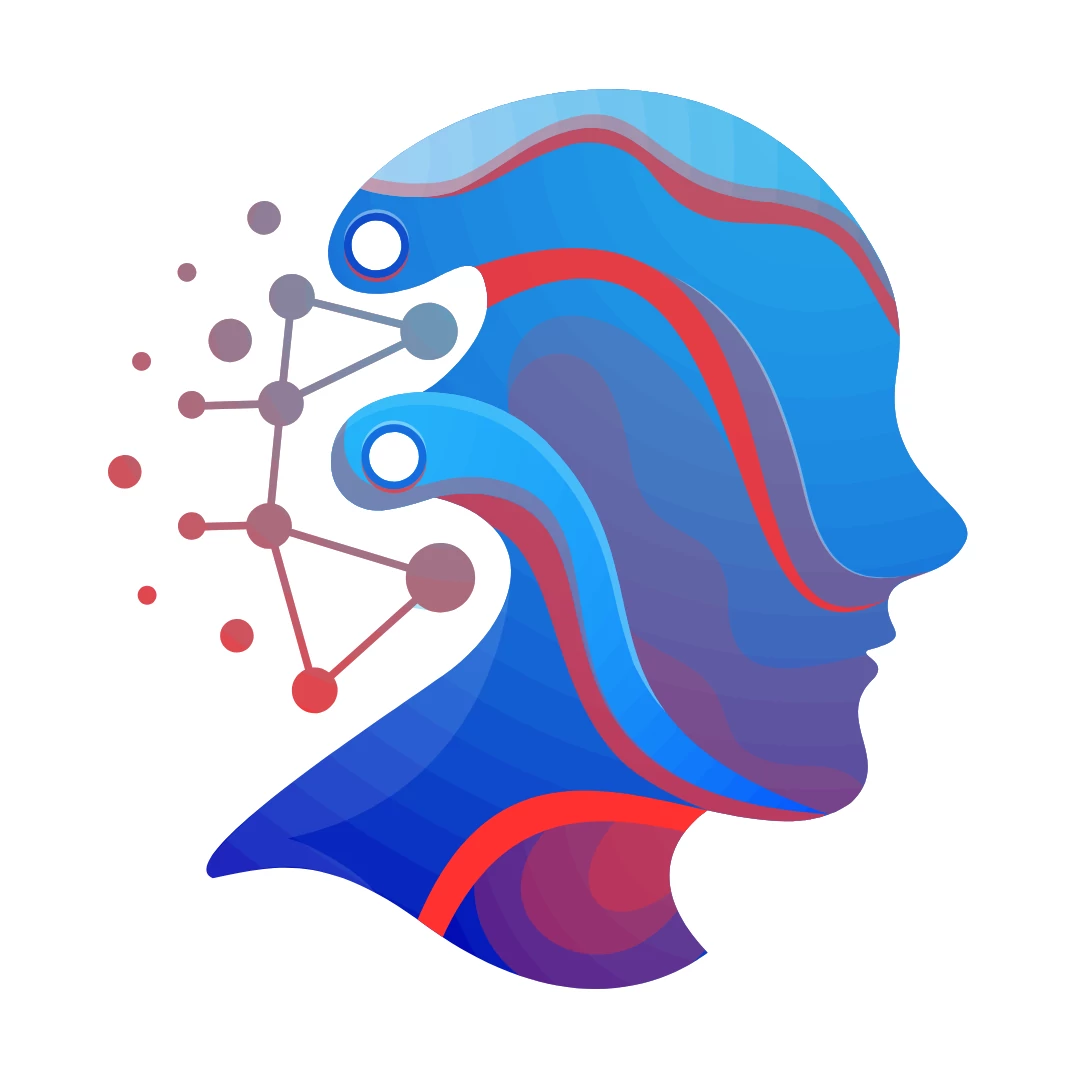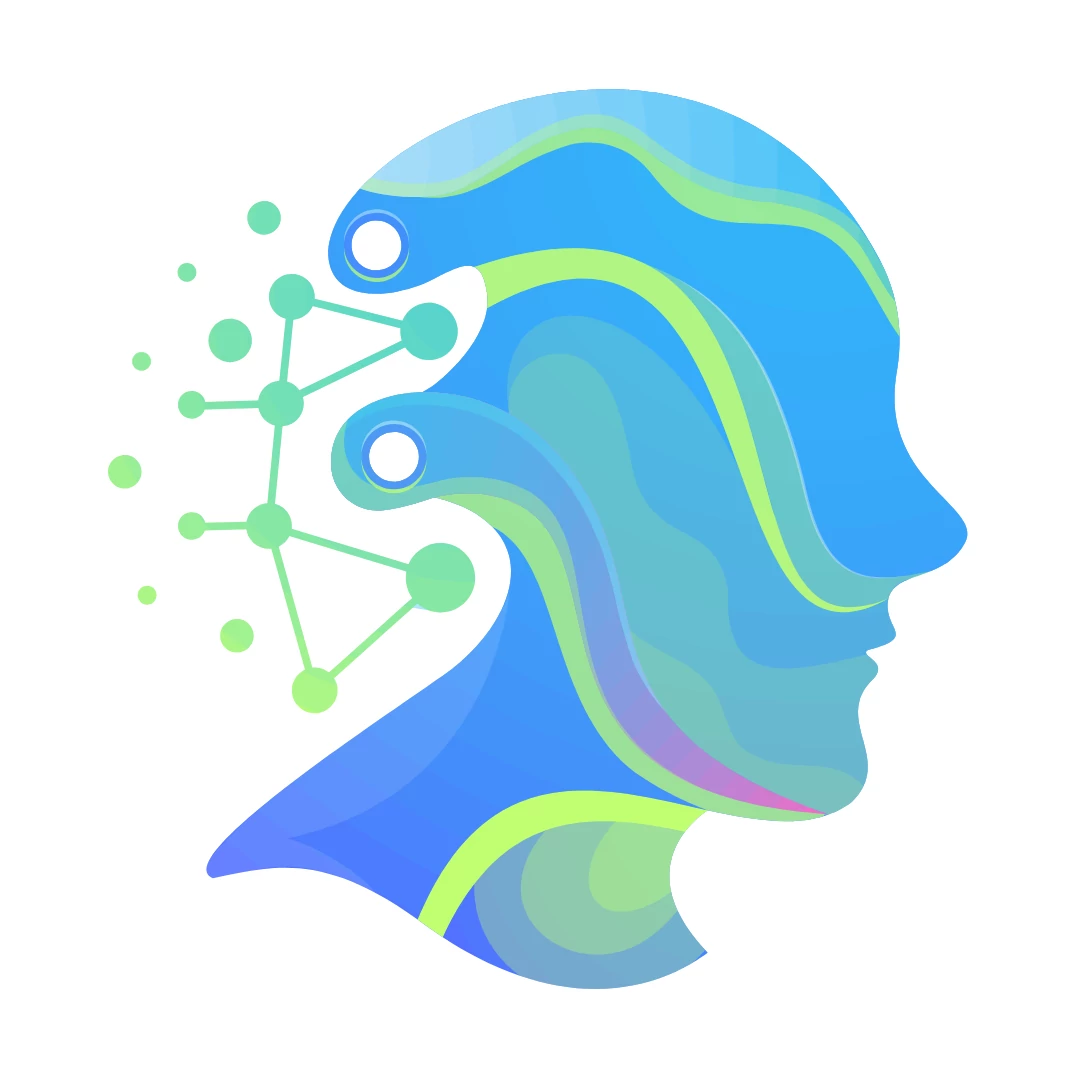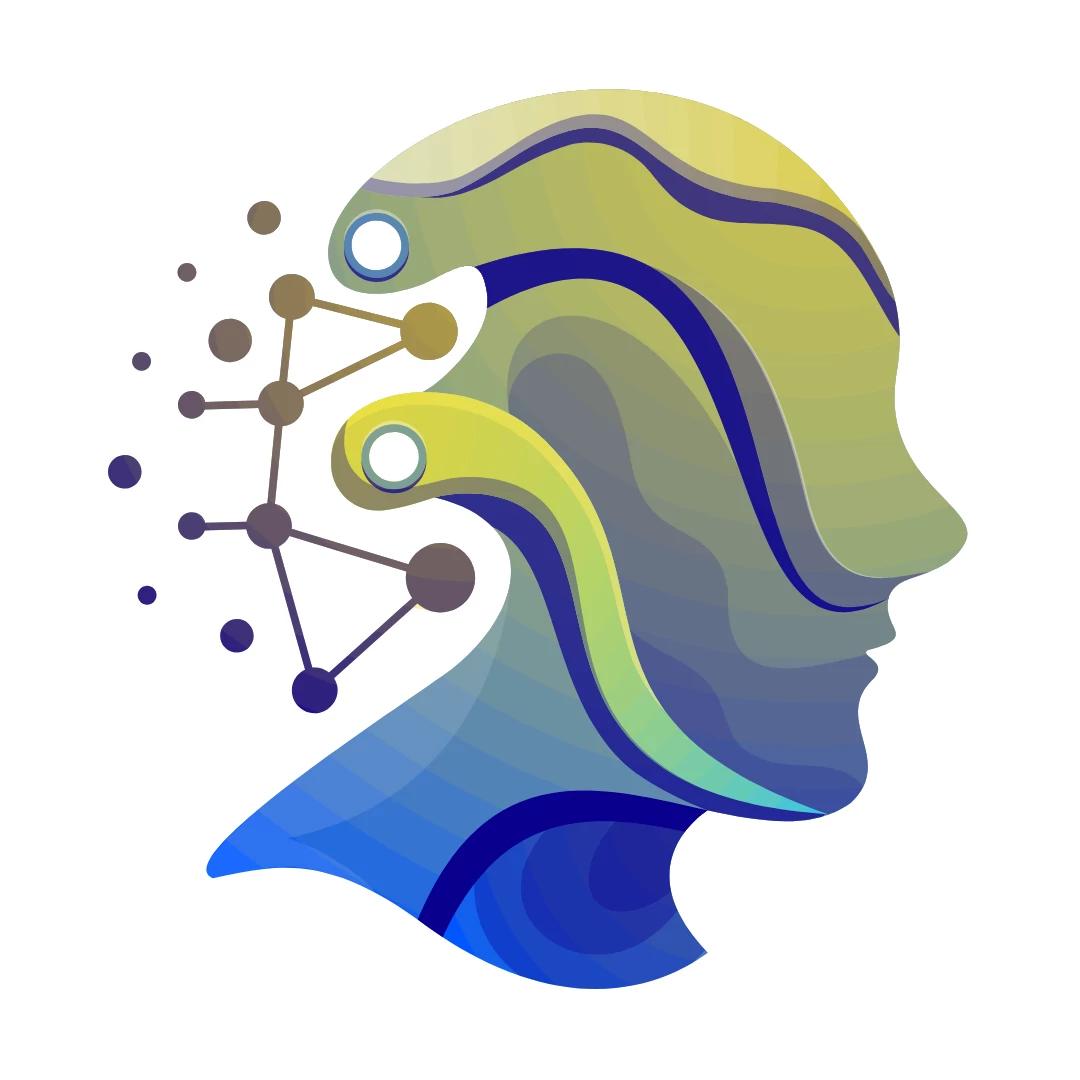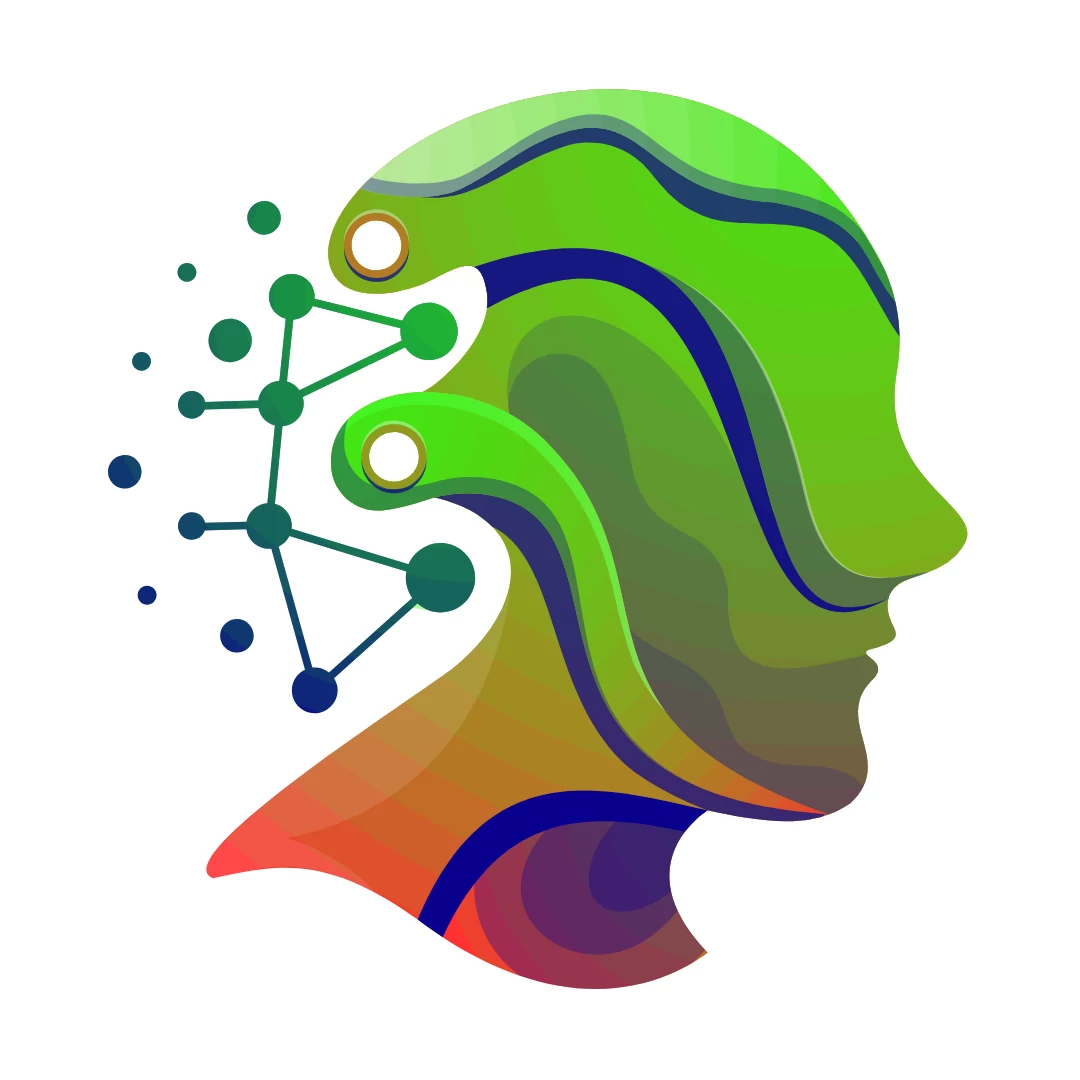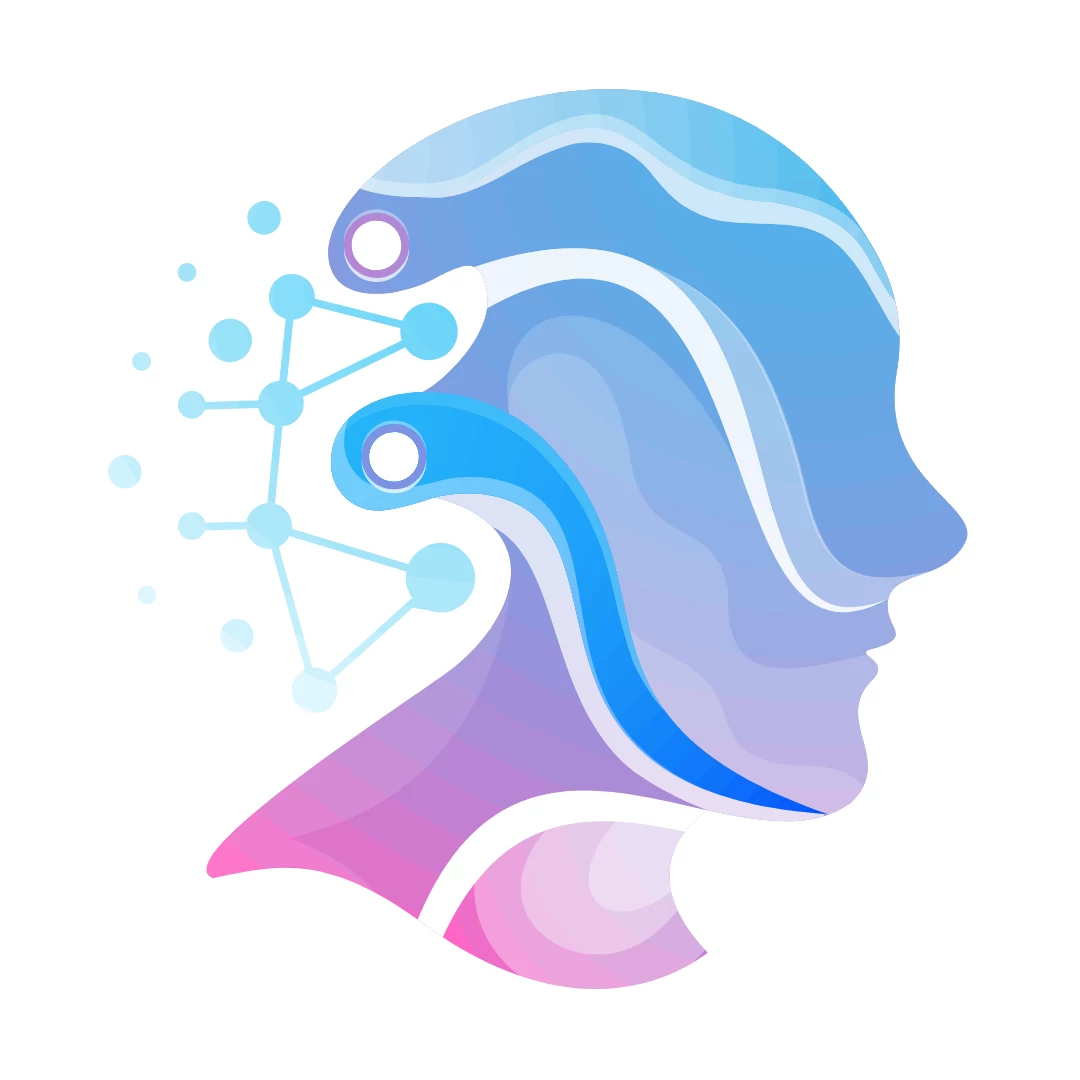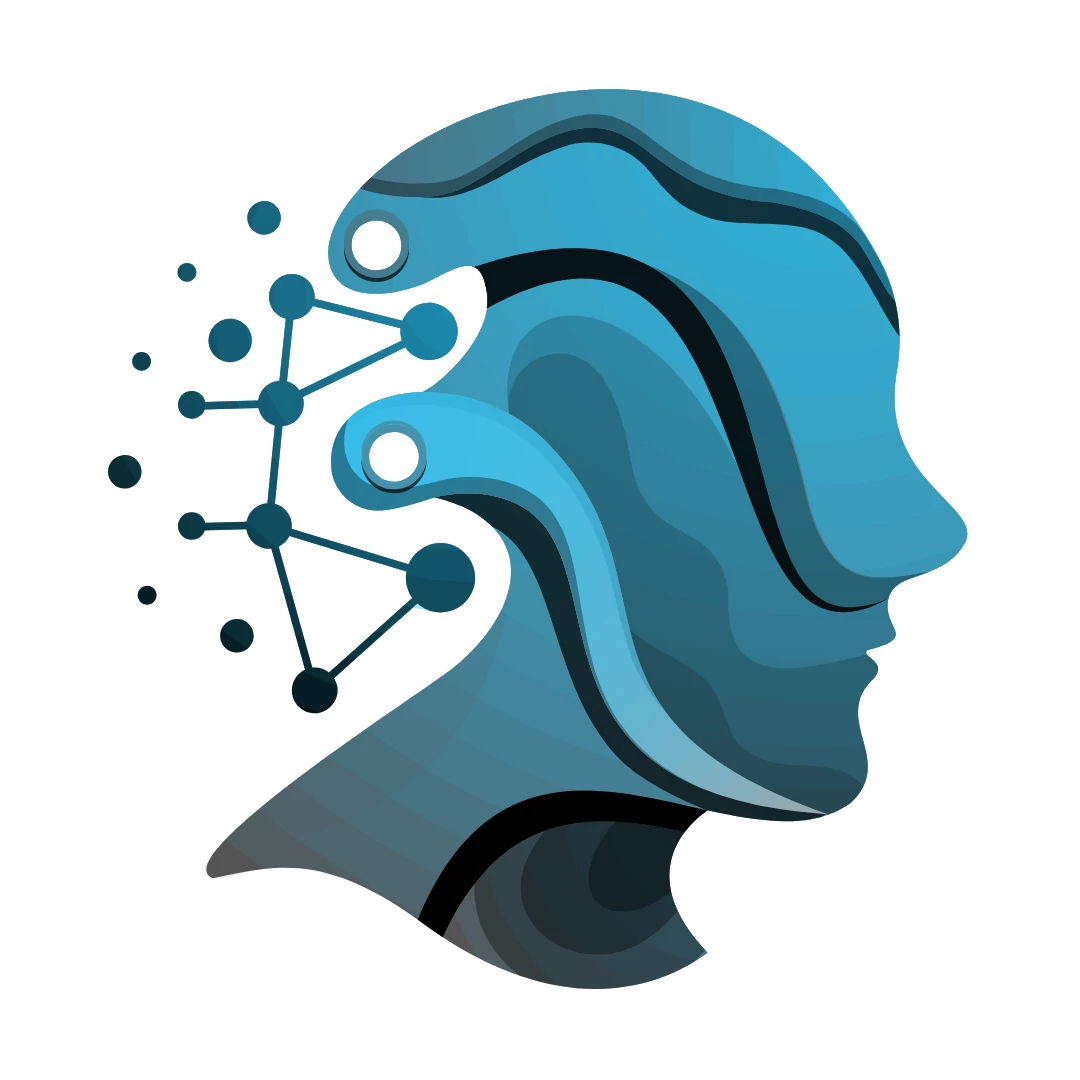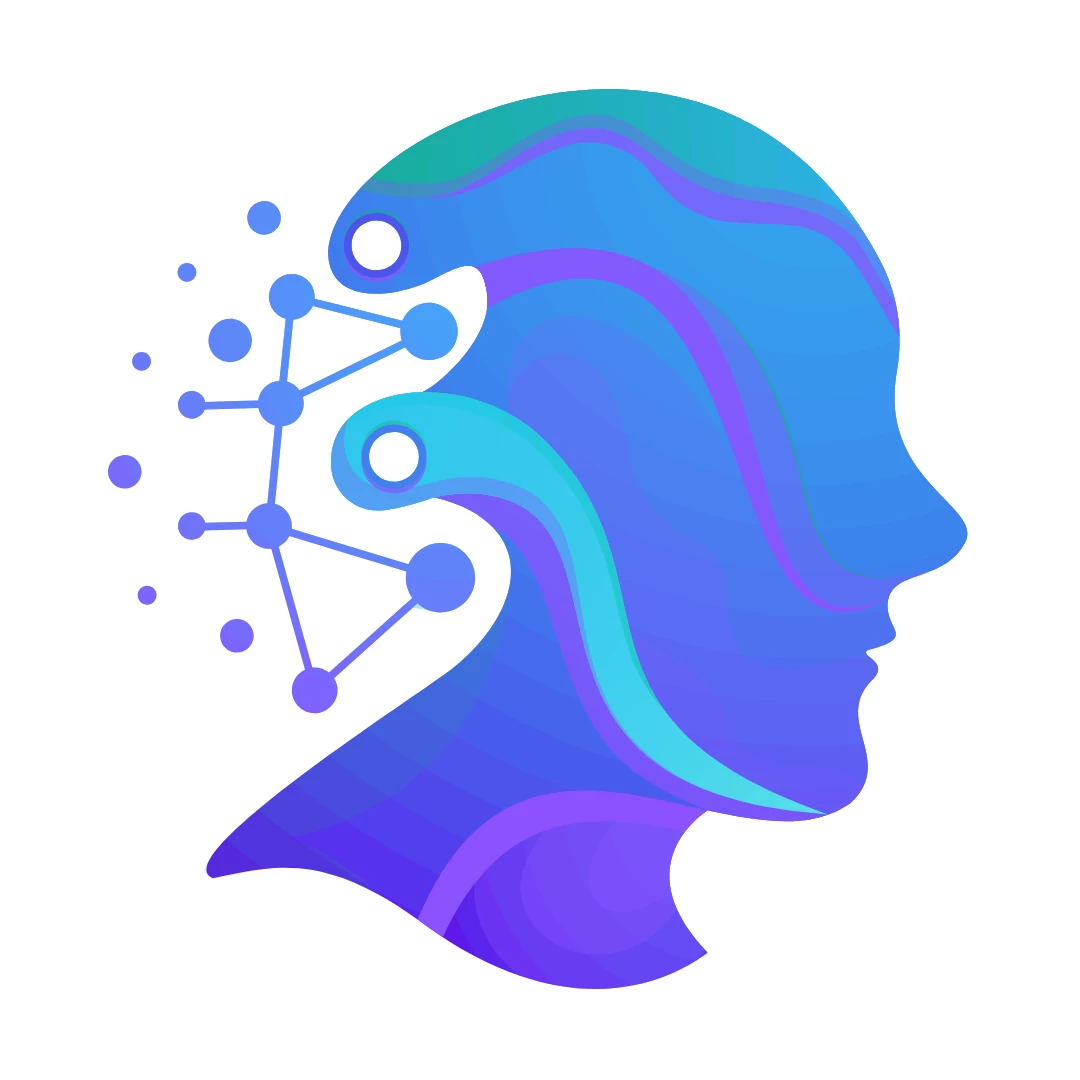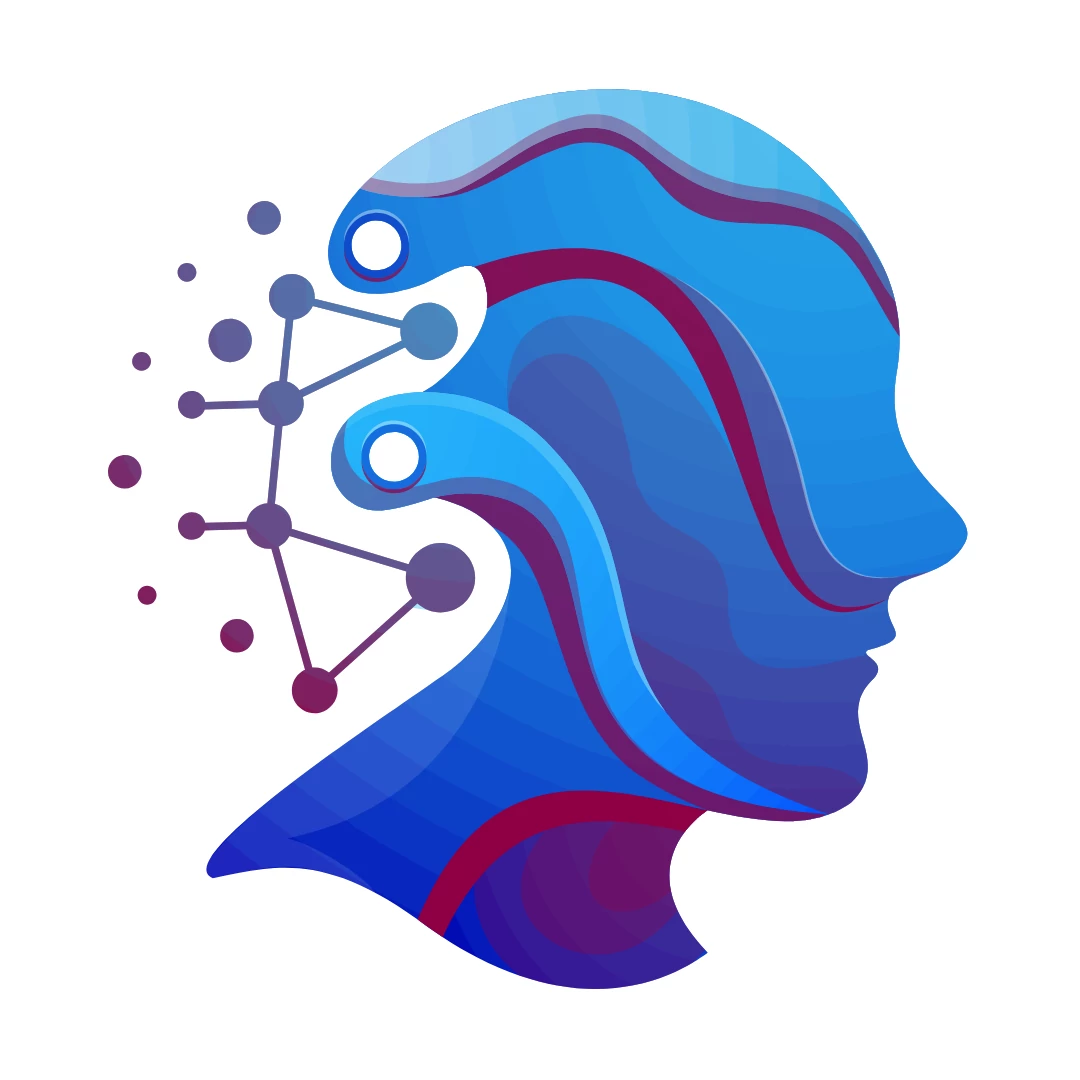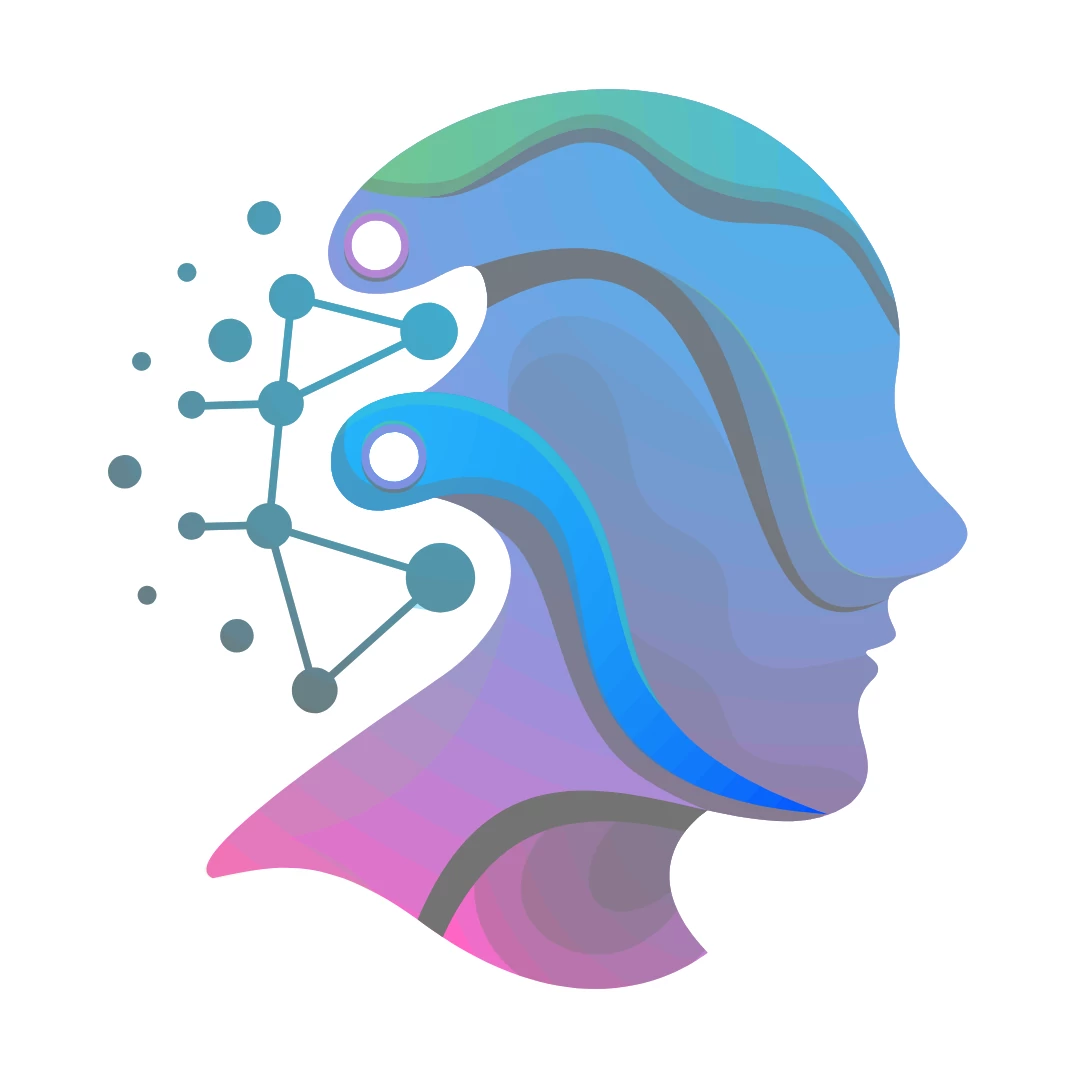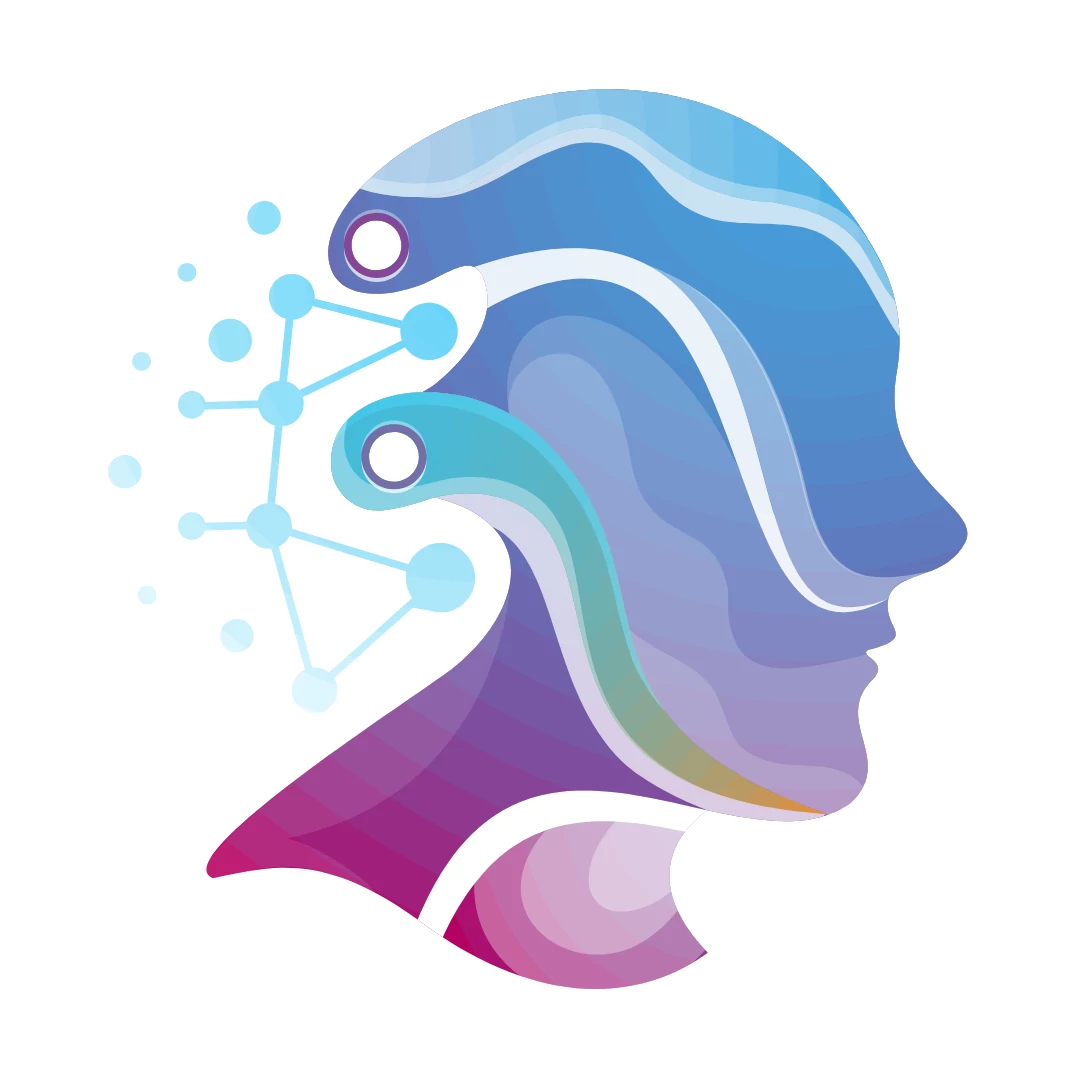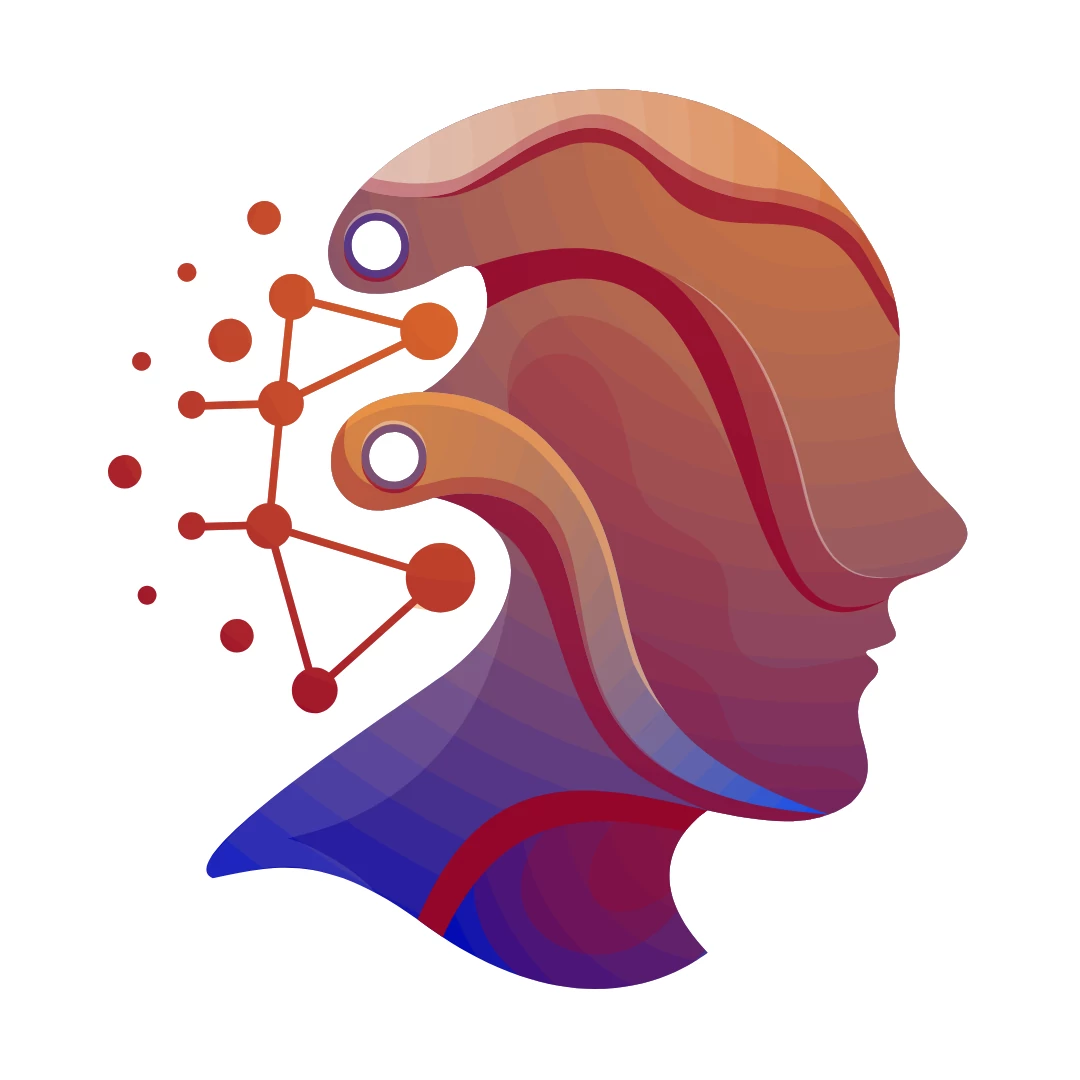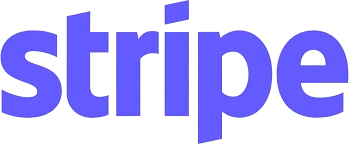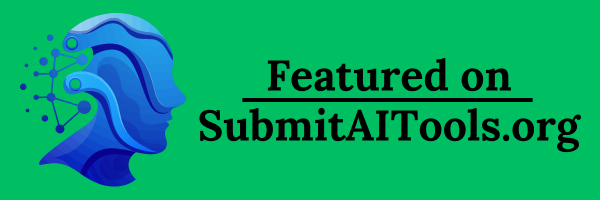🧠 AI Quiz
Think you really understand Artificial Intelligence?
Test yourself and see how well you know the world of AI.
Answer AI-related questions, compete with other users, and prove that
you’re among the best when it comes to AI knowledge.
Reach the top of our leaderboard.
FlutterFlow
Build Cross-Platform Apps with Ease
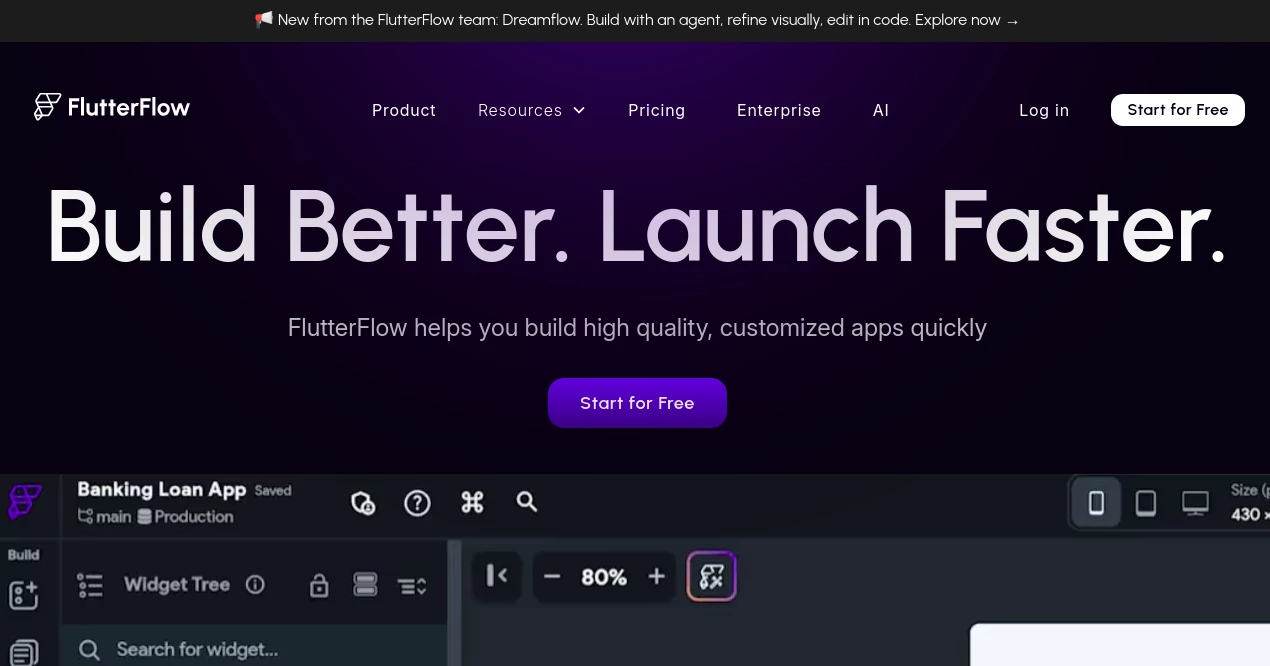
What is FlutterFlow?
FlutterFlow empowers creators to craft stunning, functional applications for multiple platforms without getting tangled in complex code. This visual development platform simplifies the process of building apps, offering a seamless way to bring ideas to life quickly. Whether you're a seasoned developer or just starting out, it provides the tools to create polished, professional-grade apps with minimal effort.
Introduction
Launched to streamline app development, FlutterFlow has redefined how individuals and teams approach building software. Built on Google's robust Flutter framework, it allows users to design, test, and deploy applications for mobile, web, and desktop from a single codebase. Its intuitive approach eliminates barriers, enabling everyone from entrepreneurs to designers to create fully functional apps without deep coding knowledge. As businesses and creators seek faster ways to launch products in 2025, FlutterFlow stands out for its speed, flexibility, and ability to deliver high-quality results.
Key Features
User Interface
The platform greets users with a clean, drag-and-drop workspace that feels approachable yet powerful. Pre-designed elements and templates are neatly organized, letting you piece together layouts effortlessly. A real-time preview window shows changes as you make them, ensuring your vision takes shape instantly. Navigation is smooth, with clear menus guiding you to tools for designing, testing, or connecting data, making it accessible even for those new to app creation.
Accuracy & Performance
Applications built with FlutterFlow perform reliably across devices, delivering smooth animations and responsive designs. The platform leverages Flutter’s compiled code, ensuring apps run efficiently without lag, even under heavy use. Its integration with backend systems like Firebase ensures data updates are instantaneous and accurate, giving users confidence in the apps they create. Testing tools catch issues early, maintaining high performance in real-world scenarios.
Capabilities
FlutterFlow offers a rich set of tools to bring app ideas to reality. You can design responsive layouts, integrate with APIs, and set up databases with just a few clicks. Custom logic flows let you define app behavior visually, while support for animations adds polish. For advanced users, the ability to inject custom code or widgets unlocks endless possibilities, from payment gateways to interactive maps, making it versatile for complex projects.
Security & Privacy
Security is a cornerstone, with built-in integrations like Firebase offering secure authentication and data storage. User data is protected through encrypted connections, and the platform adheres to strict privacy standards to safeguard sensitive information. Developers can export their code for full control, ensuring no vendor lock-in and giving peace of mind for those prioritizing data ownership and compliance.
Use Cases
Startups use FlutterFlow to launch minimum viable products quickly, iterating based on user feedback without heavy costs. Small businesses create branded apps for customer engagement, like e-commerce platforms or booking systems. Designers prototype interfaces to test ideas before full development, while educators build interactive learning tools. Teams also leverage it for internal tools, streamlining workflows with custom dashboards or task trackers.
Pros and Cons
Pros:
- Fast development with drag-and-drop interface and pre-built components.
- Single codebase for mobile, web, and desktop, saving time and effort.
- Seamless backend integrations for real-time data and functionality.
- Exportable code ensures flexibility and ownership.
Cons:
- Complex features may require custom coding, which could challenge beginners.
- Some advanced integrations need external setup, adding steps.
- Limited flexibility for highly specialized apps compared to full coding.
Pricing Plans
FlutterFlow offers a range of plans to suit different needs. A free tier provides access to basic features, ideal for testing or small projects. Paid plans unlock advanced tools like custom code, premium templates, and team collaboration features. Enterprise options cater to large organizations with dedicated support and enhanced security. Exact pricing varies, so checking the official site for the latest details is recommended.
How to Use FlutterFlow
Begin by signing up on the site and creating a new project. Choose a template or start from scratch, then drag widgets onto the canvas to build your interface. Use the visual action editor to define app logic, like button clicks or data flows. Connect to a backend like Firebase for data storage, and test your app in real-time using the preview mode. Once ready, deploy directly to app stores or export the code for further customization. Regular tutorials and documentation guide you every step of the way.
Comparison with Similar Tools
Compared to Bubble, FlutterFlow excels in cross-platform app deployment, while Bubble focuses more on web apps. Adalo offers similar no-code features but lacks the depth of FlutterFlow’s custom code options. Webflow is great for websites but doesn’t match the platform’s mobile and desktop capabilities. FlutterFlow’s strength lies in its balance of simplicity and flexibility, making it ideal for those needing robust apps across multiple platforms.
Conclusion
FlutterFlow shines as a game-changer for app development, blending ease of use with powerful features to create professional-grade applications. Its visual builder, cross-platform support, and robust integrations make it a top choice for creators in 2025. Whether you’re launching a startup app or prototyping a new idea, this platform delivers the tools to succeed without the usual complexities, making it a must-try for anyone looking to build fast and smart.
Frequently Asked Questions (FAQ)
Can I build apps without coding knowledge?
Yes, the drag-and-drop interface and visual logic editor make it accessible for non-coders.
Does it support web and mobile apps?
Absolutely, apps are built for iOS, Android, web, and desktop from one codebase.
How secure is my app’s data?
Data is protected with encrypted connections and secure integrations like Firebase.
Can I export my app’s code?
Yes, you can export clean Flutter code for full control and customization.
What types of apps can I build?
Anything from e-commerce and productivity tools to educational apps or custom dashboards.
Is there a free plan available?
Yes, a free tier lets you explore core features, with paid plans for advanced tools.
AI App Builder , AI No-Code & Low-Code .
These classifications represent its core capabilities and areas of application. For related tools, explore the linked categories above.
FlutterFlow details
This tool is no longer available on submitaitools.org; find alternatives on Alternative to FlutterFlow.
Pricing
- Free
Apps
- Web Tools
